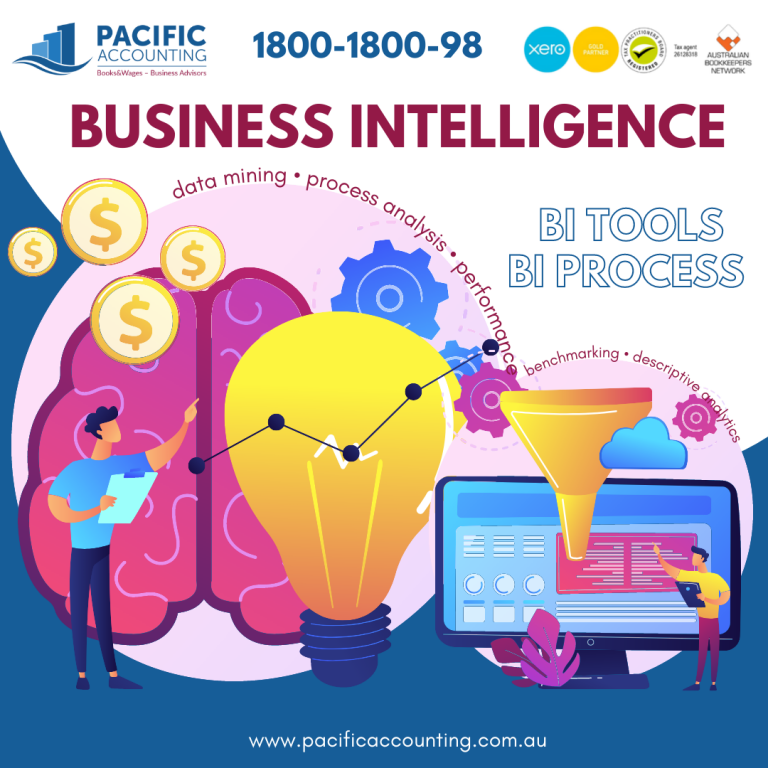
Business Intelligence (BI) comprises the strategies, processes and technologies used by an organisation that converts raw data into meaningful information.
In our January’s Blog we wrote about how Innovation, Integration and Technology can increase business efficiency, accuracy and over all help to manage your business better. Business Intelligence is the process of using the data from your technology to achieve these objectives.
What is Business Intelligence
Business Intelligence (BI) comprises the strategies, processes and technologies used by an organisation that converts raw data into meaningful information. BI is a broad term that encompasses data mining, process analysis, performance benchmarking, and descriptive analytics.
BI has a direct impact on an organisation’s strategic, tactical, and operational business decisions. It supports fact-based decision making using historical data rather than assumptions and a gut feel. The goal of BI initiatives is to make better business decisions that enable organisations to increase revenue, improve efficiency and gain competitive advantages over their rivals.
By improving access to a business’s data, BI can increase overall profitability through effective decision making and optimising internal processes as well as helping businesses discover new revenue streams, identifying market trends, and spotting red flags in the business.
BI Tools
BI tools come in many forms including spreadsheets, reporting software, data visualisation software, data mining tools and online analytical processing (OLAP). These tools perform data analysis and create reports, summaries, dashboards, maps, graphs, and charts to provide users with detailed intelligence about the nature of their business.
The resulting information can be used throughout a company, from marketing and sales to supply chain and finance. Examples include:
- Creating KPI (Key Performance Indicators) based on historic data
- Identifying and setting benchmarks for varied processes.
- Measuring marketing campaign results
- Gaining visibility into cash flow, gross margins, and operating expenses
- Capturing insights about employees and prospects to optimize HR processes and recruitment
- Forecasting revenues and transactions
- Obtaining cross-enterprise views
- Uncovering new revenue opportunities and patterns
BI Process
BI data can include historical information and real-time data gathered from source systems as it’s generated. Before it’s used, raw data from source systems generally must be integrated, consolidated, and organised. This is typically done by BI tools to ensure that BI users are analysing accurate and consistent information.
From there, the following steps finalise the BI process:
- BI analysts, other analytics professionals and business owners run analytical queries against the data
- The query results are built into data visualisations, dashboards, reports, and online software
- Business executives and owners use the information to help influence and drive business decisions.
Business Intelligence or Business Analytics
Business Intelligence is often used interchangeably with Business Analytics but there are some key differences. BI typically uses past and current data to inform current decisions for current success. While Business Analytics uses past data to analyse current scenarios and to prepare for the future.
There are many reasons why companies adopt BI. It is used to support functions as diverse as hiring, compliance, and marketing and of course to increase the overall profitability of a business. It is difficult to find a business that does not benefit from BI.
Our team of Business Advisors can assist you with your Business Intelligence. We have tried and tested technology, software and processes that can assist you in running your business better. Contact our office at 1800-1800-98 to make an appointment with one of our Advisors.




